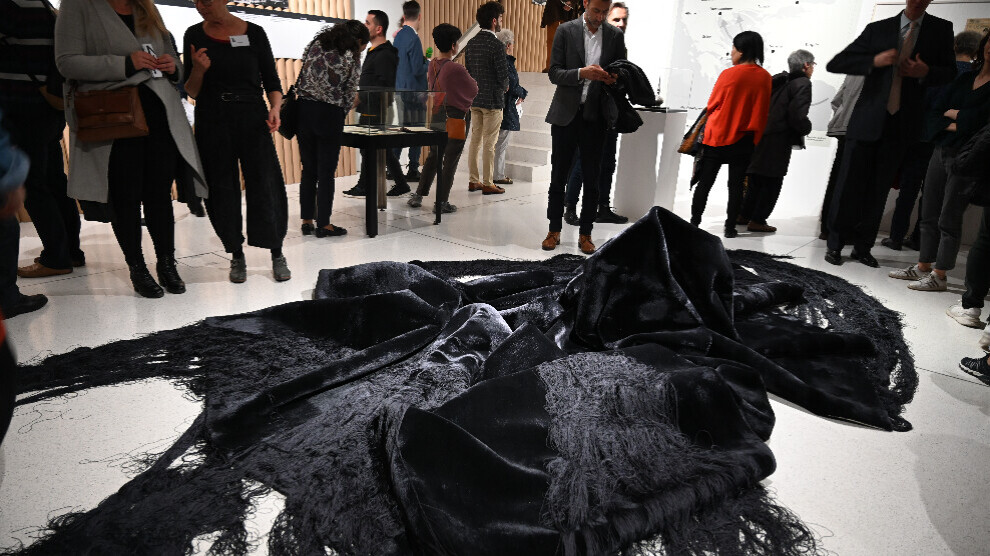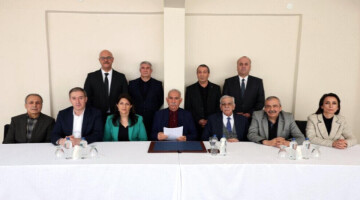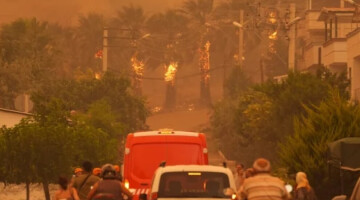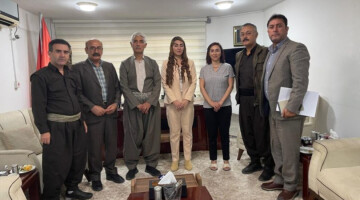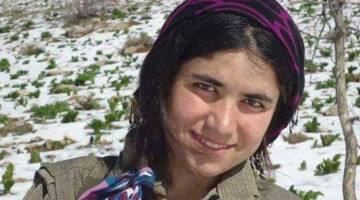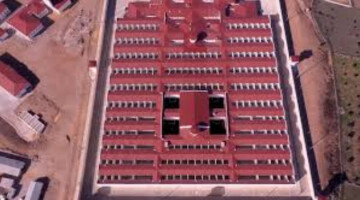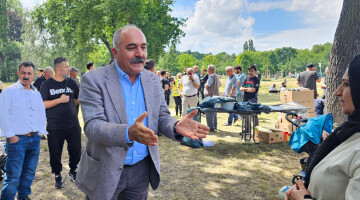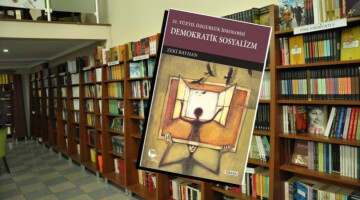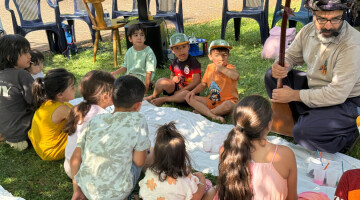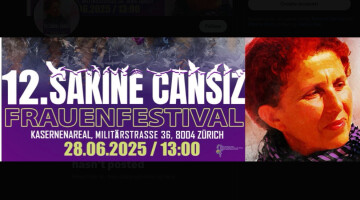The group art exhibition, promoted by the Municipality of Lausanne and the Lausanne History Museum, to mark the 100th anniversary of the Treaty of Lausanne, which divided Kurdistan into four parts and subjected the ancient peoples of the region to genocides, has been opened to visitors on Thursday.
Lausanne Mayor Grégoire Junod, representatives of the Democratic Kurdish Community Centre, Sevgi Koyuncu on behalf of the Lausanne 2023 Committee, representatives of various Swiss political parties, dozens of artists, writers and politicians from Turkey and Kurdistan attended the opening of the exhibition titled “Borders, Treaty of Lausanne, 1923-2023” at the Lausanne History Museum.
Laurent Golay, Director of the Lausanne History Museum, spoke about the exhibition and said: “This exhibition invites visitors to take a look back at the highlights and venues of the conference, which lasted nearly nine months before the Treaty of Lausanne was signed. The exhibition focuses on what happened that year in the capital of the Canton of Vaud, which hosted many international delegations, as well as the Beau-Rivage Palace and the Clinique Cecil, the historical institutions of the Treaty of Lausanne. The aim of the project is to establish connections between historical periods and to showcase contemporary artistic expression.”
Lausanne Mayor Grégoire Junod also delivered a speech, recalling that the map of the region was redrawn after the Treaty. Junod said: “The Treaty of Lausanne, signed on July 24, 1923, is the only treaty among the others signed after the war, that still affects the contemporary world.”
Junod continued: “This is a commemorative exhibition. This treaty, which took place in Lausanne and was called the peace treaty, unfortunately could not bring peace even after 100 years.” With this exhibition they organized to mark the 100th anniversary of the treaty, Junod said that they wanted to cast back the sufferings of peoples, especially the Kurds, the Armenians and the Greeks.
During the exhibition, a series of events will be held in which different narratives by the Kurds, the Armenians, the Greeks and the Turks affected by the Treaty of Lausanne will be discussed.
The exhibition 'Borders, Treaty of Lausanne, 1923 - 2023' will remain open to visitors at the Lausanne History Museum until October 8.

